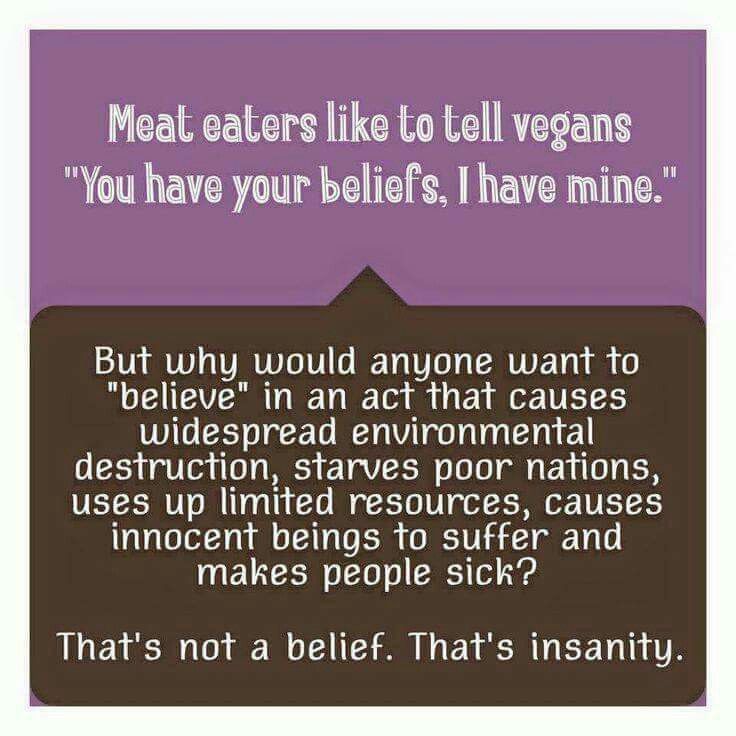
For the dough:
1/2 cup all-purpose flour
1/2 cup rava (cream of wheat)
2 tbsp transfat-free vegetable shortening
Enough soymilk to knead
Mix the ingredients together into a stiff but pliable dough. Cover and set aside at least half an hour.
For the filling:
In a heavy bottomed skillet, mix together:
1 cup shredded coconut (I used the pre-shredded kind from Whole Foods)
1 cup finely grated jaggery (found easily at Indian grocery stores)
Toast on a low flame until the jaggery is almost melted through. Keep stirring because coconut burns very easily.
Now add:
3 tbsp canned coconut milk
1/2 tsp ground green cardamom seeds
1/4 cup finely chopped cashew nuts
Stir together well, mashing in any lumps of jaggery that might remain. Once everything is well-mixed add 1/2 tsp of lemon juice, then turn off the heat and set the mixture aside to cool.
Break off a piece of the dough, about 1 inch in diameter. Roll into a ball and then, using very little flour, roll into a disc as thin as possible, about 3 inches in diameter.
Place a tablespoonful of the filling in the center. Now gather the edges of the on the top and pinch to seal into a pointed tip. Moisten with some water if needed to ensure a tight seal because you don't want the modak to come apart while it's frying.
Heat enough oil to cover the modaks in a skillet. Once the oil temperature reaches 375 degrees, deep-fry the modaks, a few at a time, until they are golden-brown all over. (Frying at this temperature ensures that the food will absorb almost no oil.)
Remove to a dish lined with paper towels to absorb any excess grease. Cool to lukewarm before eating.








